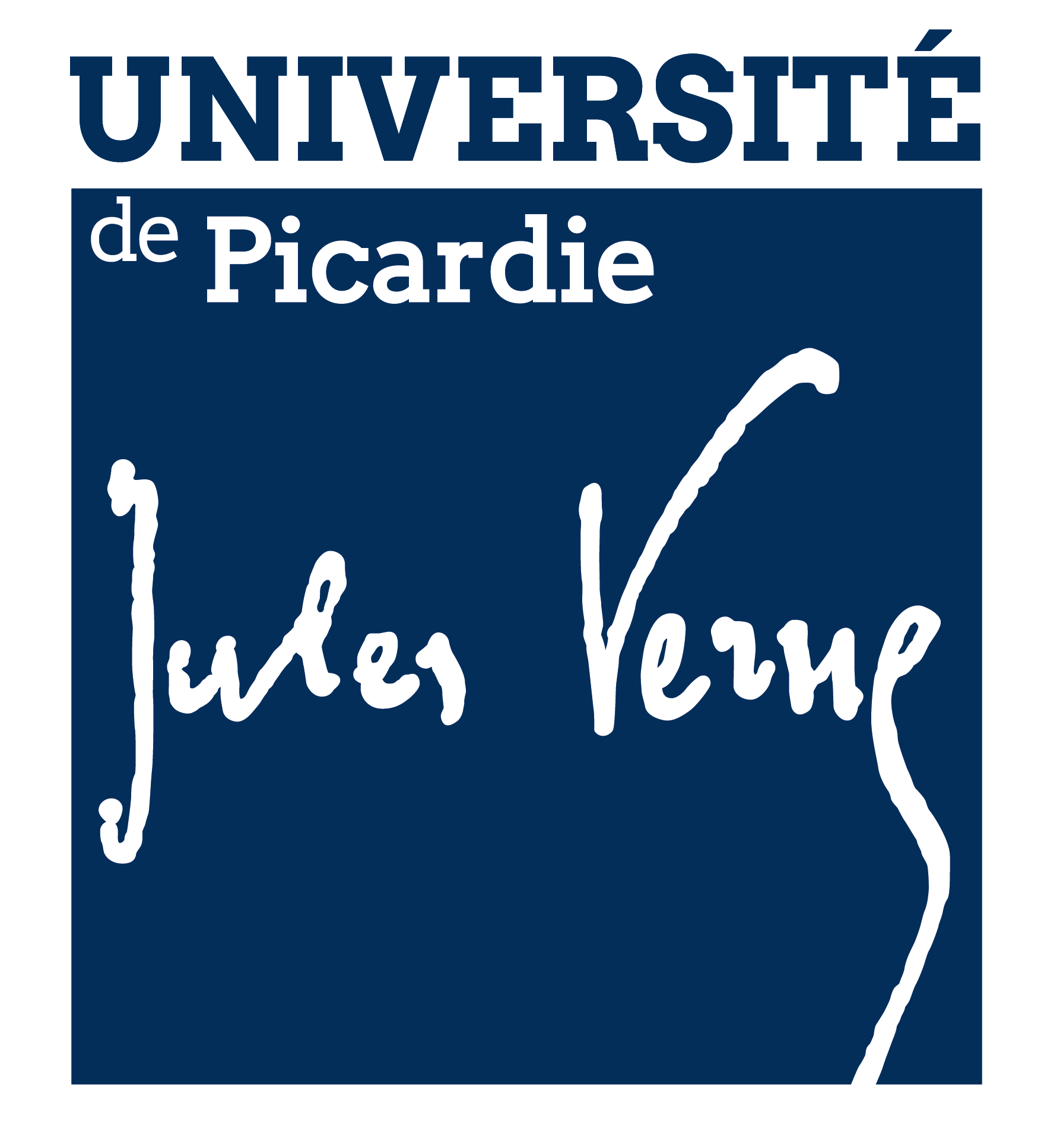Who runs the fastest? Anthropometric and physiological correlates of 20m sprint performance in male soccer players
Résumé
The aim of the present study was to examine the relationship of 20m sprint performance with anthropometrical and physiological parameters in male soccer players. A hundred and 81 soccer players from the region of Athens (age 23.4 +/- 5.0yrs, body mass 73.4 +/- 7.7kg, height 180.0 +/- 5.9cm, body fat (BF) 14.4 +/- 3.6%), classified into quartiles according to 20m sprint time (group A, 2.84-3.03s; group B, 3.04-3.09s; group C, 3.10-3.18s; group D, 3.19-3.61s), participated. Soccer players in group A were younger and had better performance in vertical jumps and in the Wingate anaerobic test (WAnT, p<0.05). Sprint time correlated to age (r=0.27), body mass (r=0.23), body height (r=0.20), BF (r=0.23), vertical jumps (-0.58r-0.50) and the WAnT (-0.45r-0.30, p<0.05). In summary, the magnitude of correlations of sprint time with measures of lower limbs muscle strength and power (WAnT and jumps) was larger than with anthropometric measures (body mass and BF).
